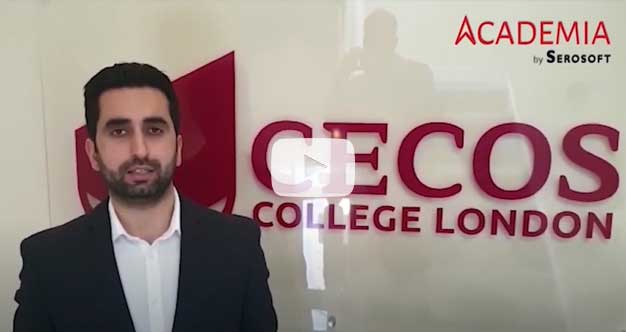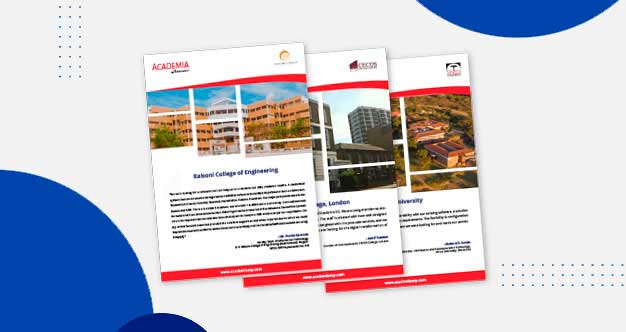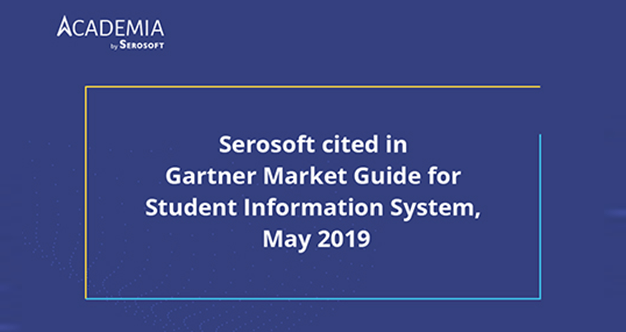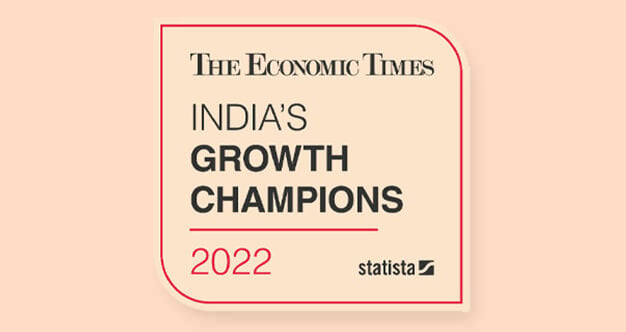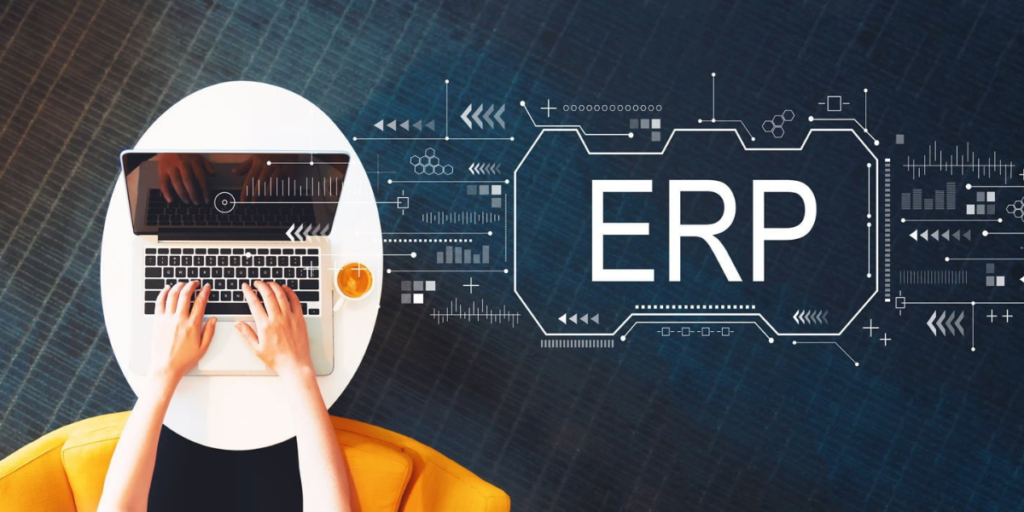The Importance of Change Management in Higher Education Digitization
Change is an inevitable part of any sector, and education is also deeply impacted by it. As universities and colleges adapt to the digital age, the process of digitization becomes crucial for their success. However, implementing change in higher education digitization can take time, as it often faces resistance from employees and stakeholders. To address this issue, change management plays a vital role in guiding the transition and ensuring its success. One effective framework for managing change is the ADKAR model, which focuses on creating awareness, desire, knowledge, ability, and reinforcement. In this article, we will explore the importance of change management in higher education digitization and how the ADKAR framework can be utilized to facilitate a smooth transition.
Click here to listen to an interesting 10-minute talk on – “ Importance of change management in Education with digitalization” from our Founder & CEO, Aprit Badjatya.
The Need for Change Management in Higher Education Digitization
Higher education institutions are increasingly recognizing the importance of digitization in enhancing student learning experiences, improving administrative processes, and staying competitive in a technologically advanced world. However, the implementation of digitization initiatives often faces various challenges, such as resistance from faculty members, lack of technological expertise, and organizational complexities. This is where change management becomes crucial.
Change management in the context of higher education digitization involves planning, implementing, and controlling the transition to digital systems and processes. It ensures that all stakeholders know the need for change, are willing to support it and have the necessary knowledge and skills to adapt to the new digital environment. Effective change management minimizes resistance, enhances employee engagement, and maximizes the potential benefits of digitization.
The ADKAR Change Management Framework
The ADKAR change management framework, developed by Jeff Hiatt, provides a structured approach to managing change at an individual level. It focuses on five key building blocks: awareness, desire, knowledge, ability, and reinforcement. By addressing each of these elements, organizations can successfully guide their employees through the change process and achieve desired outcomes. Let’s explore each building block in detail:
Awareness
The first step in the ADKAR framework is to create awareness among employees about the need for change. A lack of awareness can lead to resistance and hinder the adoption of new digital initiatives. To ensure successful awareness-building, organizations should communicate the reasons for digitization, its benefits, and the impact it will have on employees and students. This can be done through various channels, such as town hall meetings, emails, intranets, and training sessions. By providing a clear understanding of the need for change, organizations can overcome initial resistance and obtain buy-in from employees.
Desire
Once awareness is established, the next step is to create a desire among employees to support and participate in the digitization efforts. People are more likely to embrace change when they perceive it as beneficial to themselves and the organization. To generate desire, organizations should communicate the WIIFM (What’s In It For Me) factor, demonstrating how digitization will improve their work processes, increase efficiency, and enhance their professional development opportunities. Engaging employees in the decision-making process and soliciting their input can also foster a sense of ownership and increase their desire to support the change.
Knowledge
To effectively implement digitization initiatives, employees need the necessary knowledge and skills to navigate the digital environment. Organizations should provide comprehensive training programs to equip employees with the required technical proficiency and digital literacy. Training sessions can cover a range of topics, such as using digital tools and platforms, data security best practices, and leveraging technology to enhance teaching and learning. By investing in employee education and building their knowledge base, organizations can ensure a smooth transition to the digital landscape.
Ability
Having knowledge alone is not sufficient for successful change implementation. Employees must also have the ability to apply their knowledge in real-world scenarios. This requires providing opportunities for practice, feedback, and continuous improvement. Organizations can facilitate ability development by creating a supportive environment where employees can experiment with new digital tools, seek guidance from experts, and collaborate with their peers. By nurturing a culture of learning and innovation, organizations enable employees to confidently embrace technology and effectively contribute to digitization efforts.
Reinforcement
Change is a continuous process, and reinforcement is essential to embed new behaviors and sustain the changes brought about by digitization. Organizations should establish mechanisms for reinforcing the adoption of digital practices, such as recognition programs, performance metrics, and ongoing feedback. Celebrating milestones and showcasing success stories can motivate employees and demonstrate the positive impact of digitization. Regular evaluation and monitoring of the digitization initiatives can also help identify areas for improvement and ensure that the change becomes ingrained in the organizational culture.
Other Change Management Models
While the ADKAR framework provides a comprehensive approach to change management, it is not the only model available. Different models may suit organizations with specific needs and contexts. Some other popular change management models include:
- Kotter’s 8-Step Change Model: Developed by John Kotter, this model emphasizes the importance of creating a sense of urgency, building a guiding coalition, and establishing a clear vision for change.
- Lewin’s Change Management Model: Proposed by Kurt Lewin, this model involves three stages: unfreezing the current state, implementing the change, and refreezing the new state to make it a permanent part of the organization.
- McKinsey 7-S Model: This model focuses on seven interconnected elements, including strategy, structure, systems, skills, shared values, style, and staff, to ensure successful change implementation.
Organizations should evaluate different change management models and select the one that aligns best with their goals, culture, and resources.
Conclusion
Change management is an essential aspect of higher education digitization. By effectively managing change, organizations can overcome resistance, engage employees, and maximize the potential benefits of digitization initiatives. Academia ERP – one of the leading ERP solution providers for education institutes, deals with this technology transition in the institutes very smoothly, handholding the client at every stage and thorough training, based on the ADKAR framework, provides a structured approach to guide institutions through the change process, from creating awareness to reinforcing new behaviors. By embracing change management practices, higher education institutions can successfully navigate the digital transformation and thrive in the modern educational landscape.
Related Posts:
 Higher Ed Plans
Higher Ed Plans K12 Plans
K12 Plans

